 |
 |
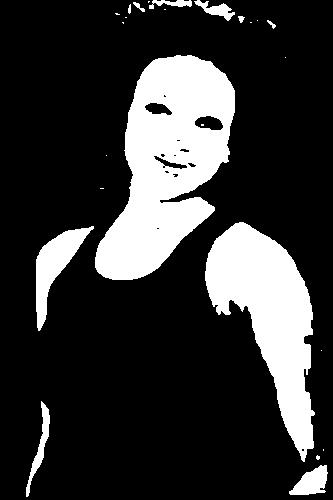 |
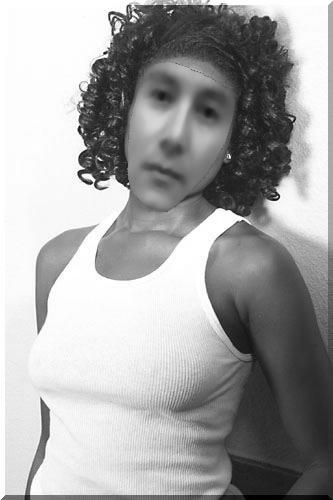 |
|
|
|
|
|
|
|
|
|
||||
We tested the method with a set of 30 images. The achieved classification
rate was 76%. Most of the misses included regions that had very similar
skin likelihood values and regions that were indeed skin regions but they
were very high, such as the arms and legs with more than one hole in the
upper part of the skin region. Other misses happened due the constrain
we set of having one or more holes in a skin region in order to process
that region.
We present some images and their corresponding processing in order to detect if there is any face in the image.
In Figure 15, we see that the neck of the lady is long, and this
might cause that we detect the neck also. As described in the previous
section, we set the ratio to be 1.6 and the height decreased accordingly.
Notice also that the template face was fitted into the skin region very
accurately, giving a cross correlation value grater than 0.8.
 |
 |
 |
 |
|
|
|
|
|
|
|
|
|
||||
In Figure 16, we see that the child has blond hair, which in
this case is very similar to the child's face color. This results in having
a large skin region as shown in the third image. Consequently, the face
model was fit in a larger area then the child's face. The region was detected
with a cross correlation value of 0.71
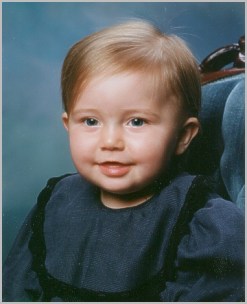 |
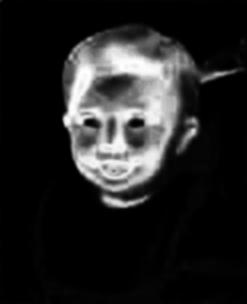 |
 |
 |
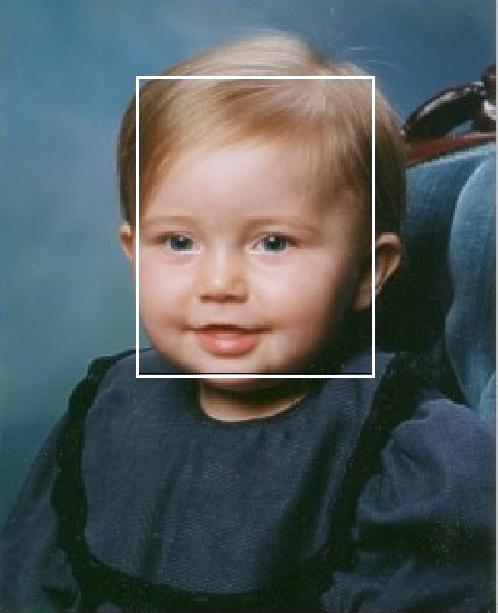 |
|
|
|
|
|
|
|
|
||||
In Figure 17, we see an image that was neat and easy to be detected.
The woman skin region has 2 holes (the eyes are not included). The man
has 5, and the baby has 2. The cross correlation value for the three of
them was greater than 0.8.
 |
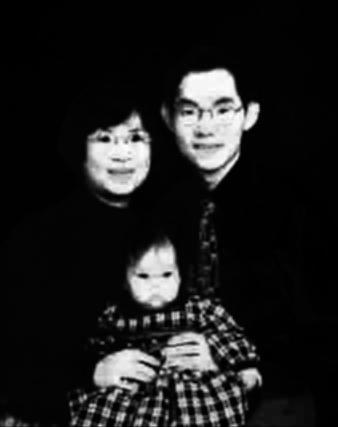 |
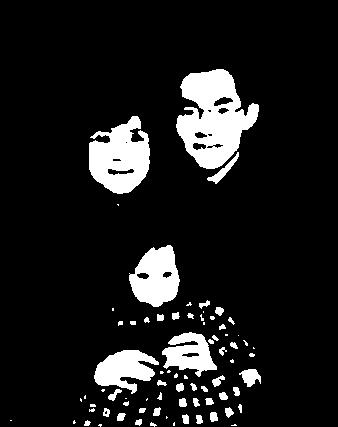 |
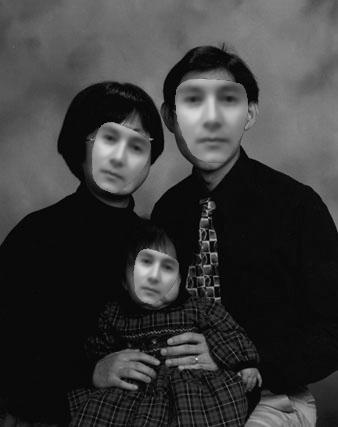 |
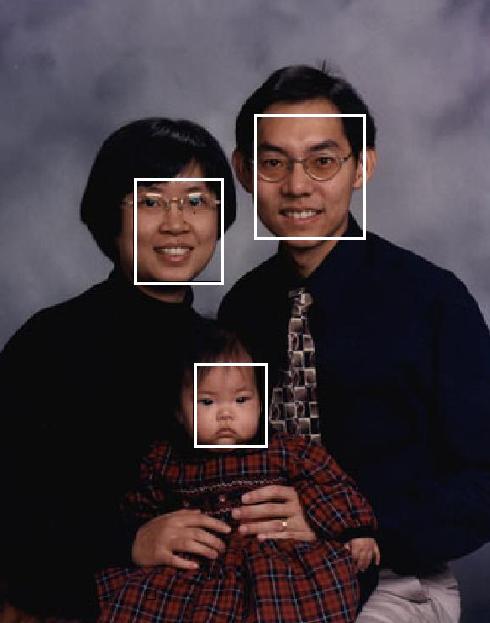 |
|
|
|
|
|
|
|
|
||||
Figure 18 was a bit more complicated since the skin region corresponding
to the man only presented one hole (not even noticed here), but the cross
correlation value was greater than 0.85 and this resulted in a good classification.
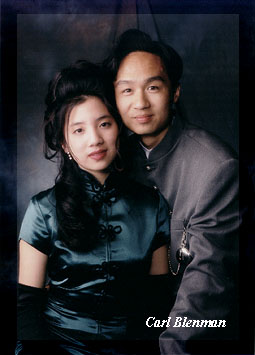 |
 |
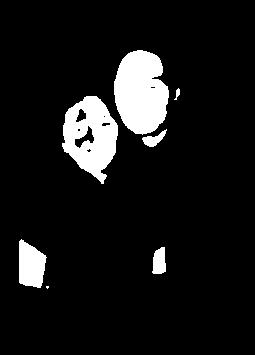 |
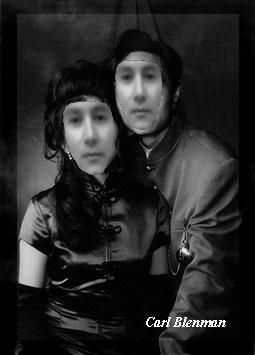 |
 |
|
|
|
|
|
|
|
|
||||
In Figure 19, we can appreciate that our implementation can classify
faces of different races. The skin segmentation was accurate. The cross-correlation
value was around 0.7. Notice that the template face is a little bit off
the real face. This is for the center of the mass was to the left of the
nose of the lady. The reason for this is that the left part of the image
has a larger skin area than the right part (notice the opening in the hair
to the left).
 |
 |
 |
 |
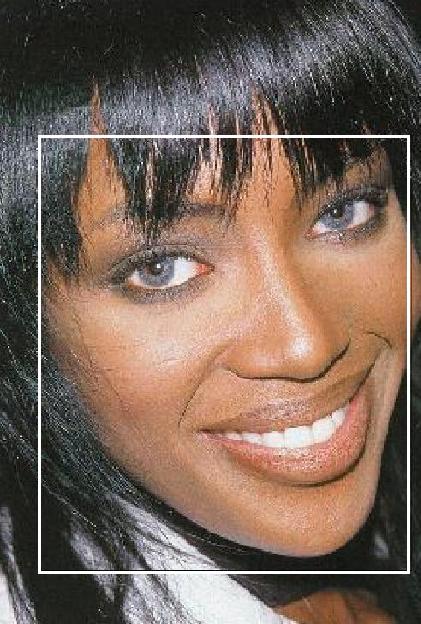 |
|
|
|
|
|
|
|
|
||||
Finally, Figure 20 illustrates 2 human faces of slightly different
skin colors. Notice that the hands and the cat regions were not detected
since the ratio was lower than 0.8 (wider than higher), which does not
correspond to a human face region. In both faces, the template face was
elongated a little bit due to the height to width ratio.
 |
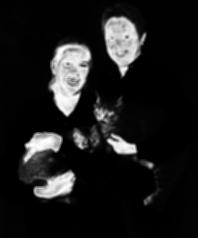 |
 |
 |
 |
|
|
|
|
|
|
|
|
||||
Next: Conclusion Previous: Template Matching Contents: Face Detection